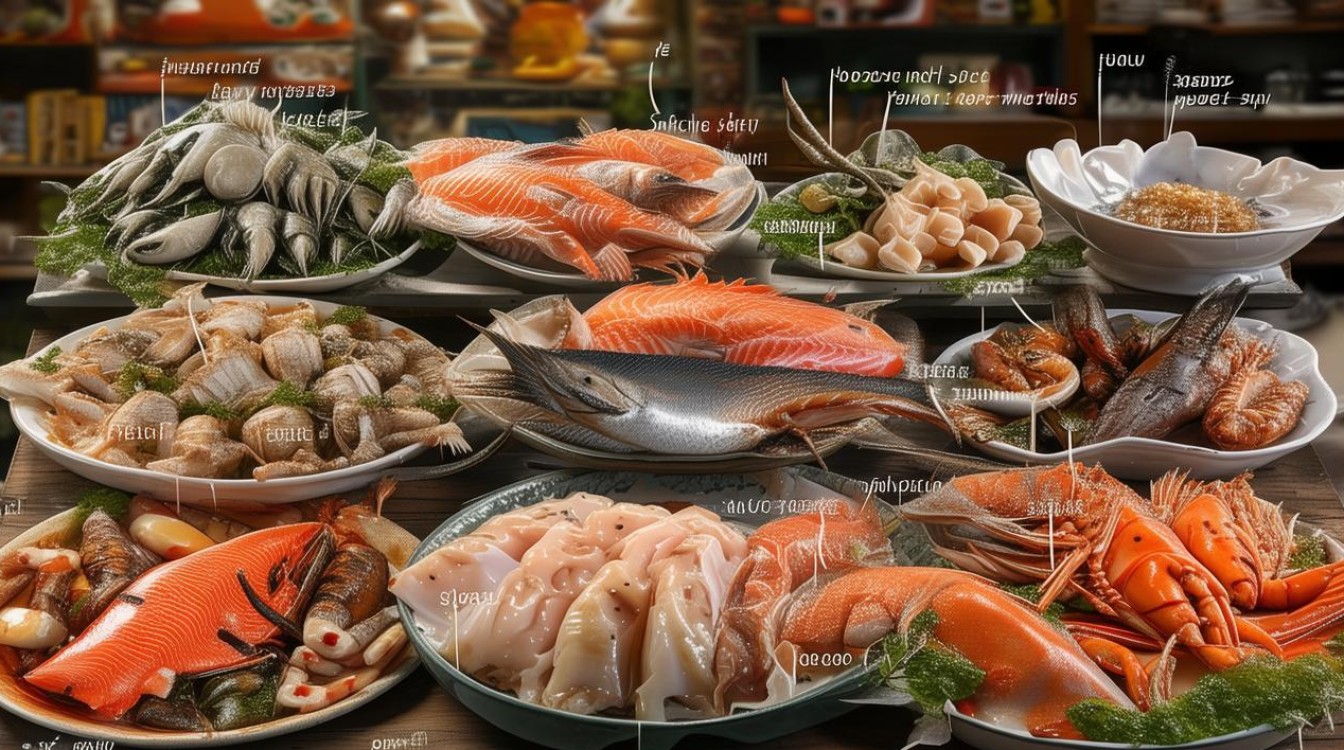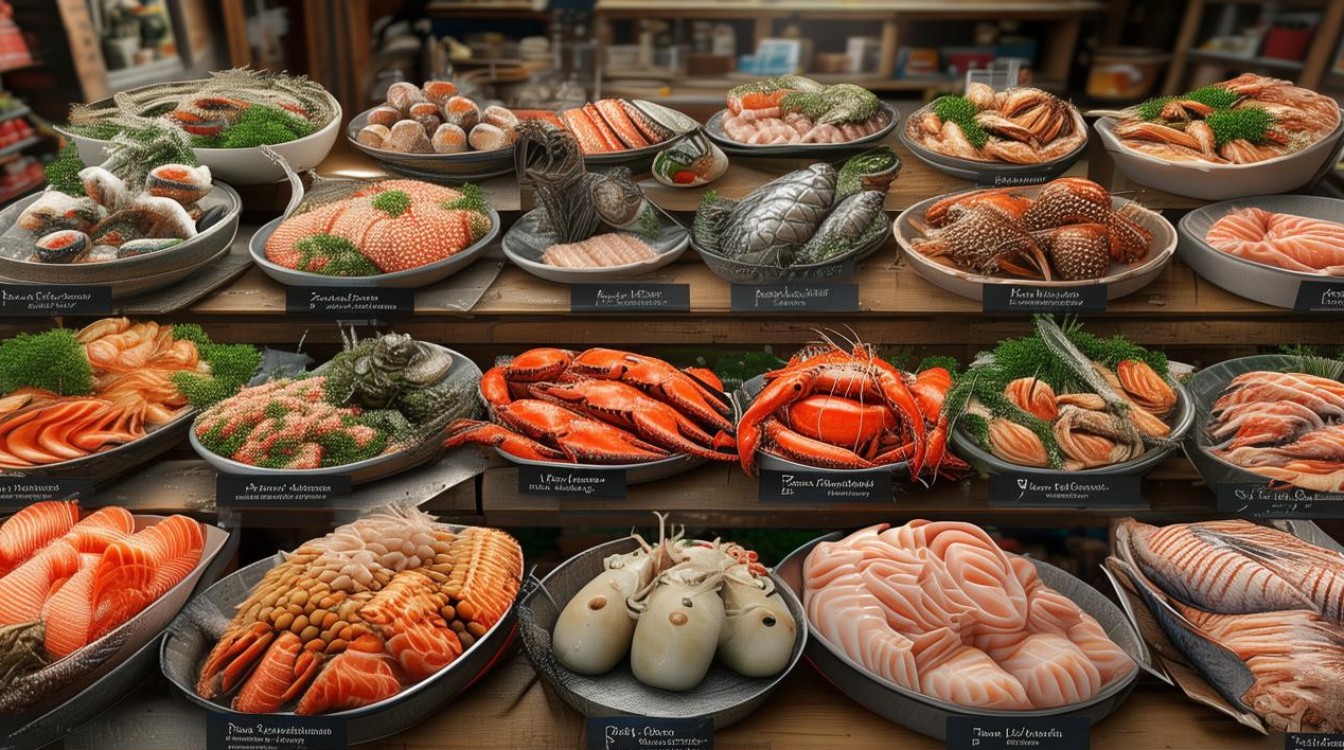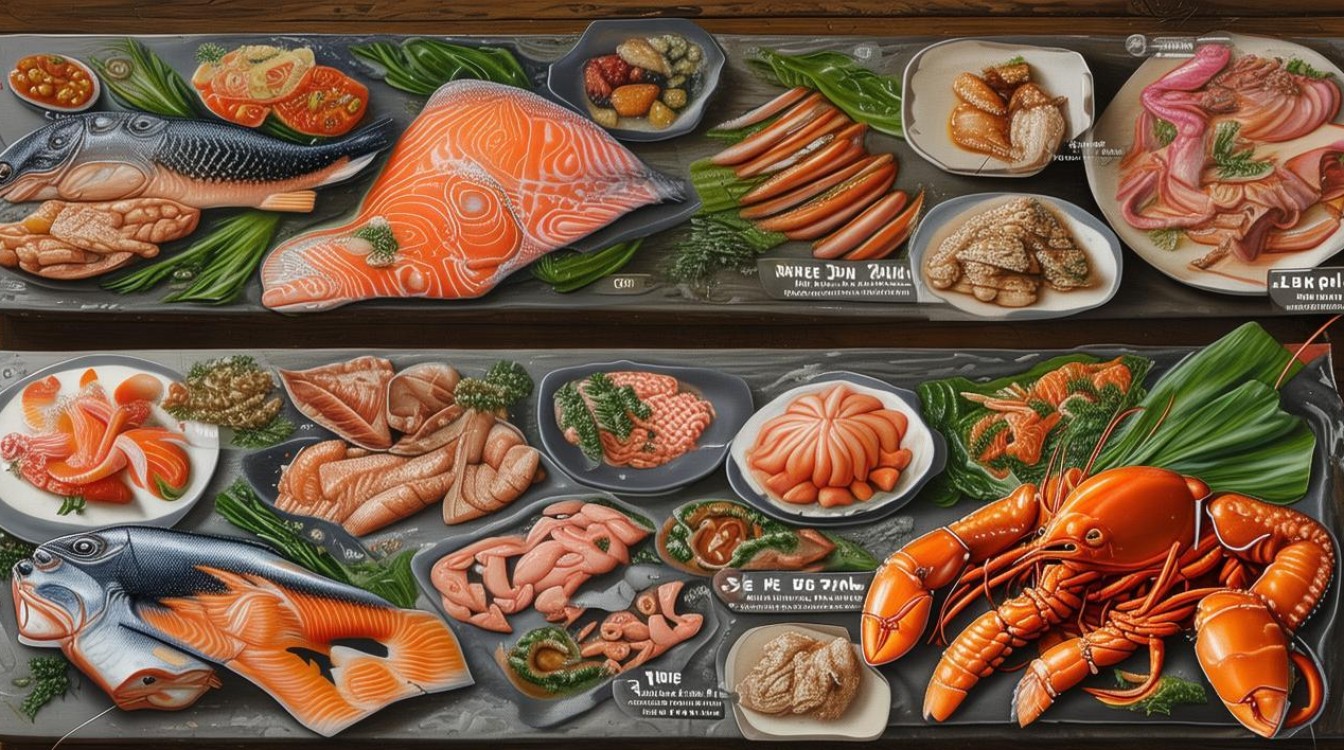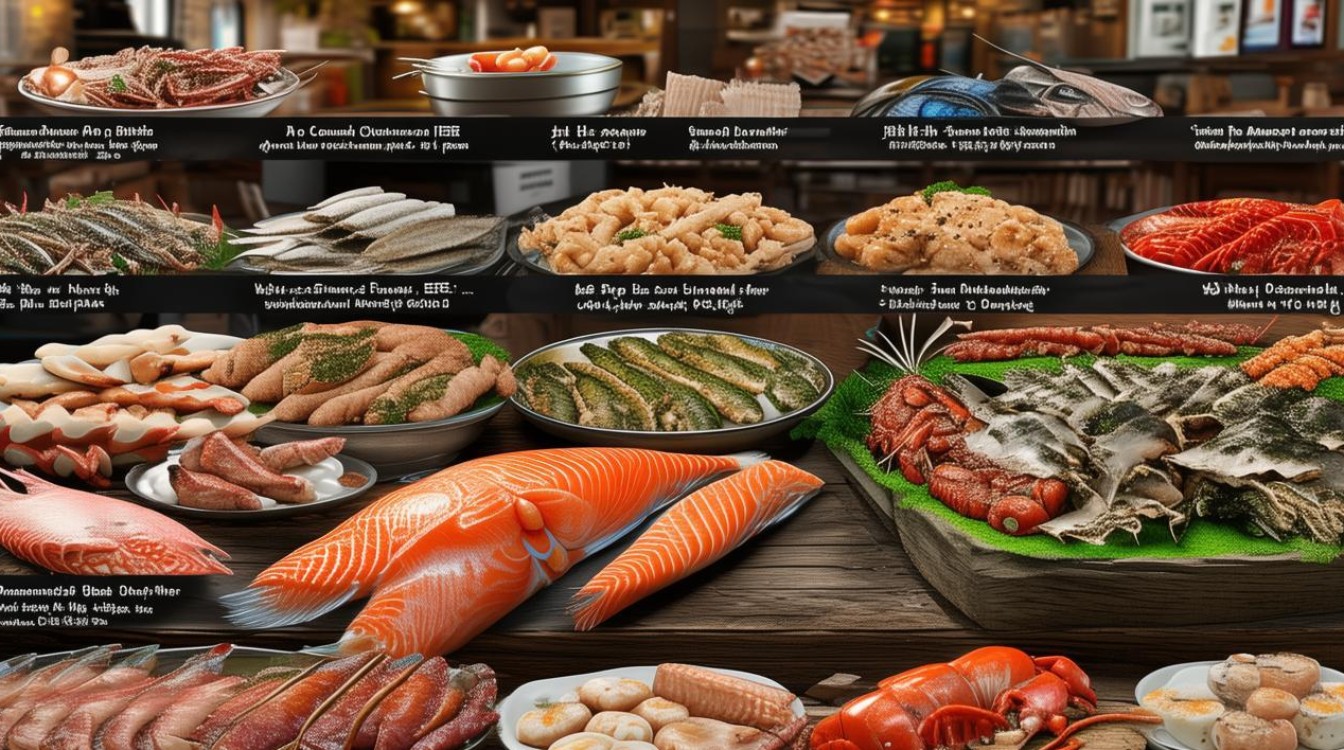The English language boasts a diverse and fascinating array of words to describe seafood. From common fish to exotic shellfish, each term carries its own history and cultural significance. Whether you're a food enthusiast, a language learner, or simply curious about marine life, understanding these terms can enrich your culinary and linguistic experiences.

Common Fish Varieties
Fish are a staple in many diets worldwide, and English has specific names for popular species.
- Salmon – A fatty fish known for its pink flesh and rich flavor. Wild-caught and farmed salmon differ in taste and texture.
- Tuna – A versatile fish used in sushi, steaks, and canned products. Varieties include bluefin, yellowfin, and albacore.
- Cod – A mild white fish often used in fish and chips. Its flaky texture makes it a favorite for frying and baking.
- Haddock – Similar to cod but slightly sweeter, commonly smoked or grilled.
- Sardine – Small, oily fish typically canned and enjoyed for their bold taste.
Shellfish and Crustaceans
Shellfish encompass a wide range of edible sea creatures, divided into mollusks and crustaceans.

Mollusks
- Oyster – A delicacy often eaten raw, grilled, or fried. Known for their briny taste and smooth texture.
- Mussel – These bivalves are steamed in wine or broth and pair well with garlic and herbs.
- Clam – Used in chowders, pasta dishes, or served steamed with butter. Varieties include littleneck and geoduck.
- Scallop – Sweet and tender, scallops are seared or grilled for a delicate flavor.
- Octopus – A chewy yet flavorful cephalopod, often grilled or braised.
Crustaceans
- Shrimp – Small, versatile shellfish used in stir-fries, salads, and cocktails.
- Prawn – Larger than shrimp, with a slightly sweeter taste, often grilled or sautéed.
- Lobster – A luxurious seafood choice, boiled or grilled and served with butter.
- Crab – Enjoyed for its sweet meat, used in crab cakes, soups, and salads.
- Crayfish – A smaller freshwater crustacean, popular in Cajun cuisine.
Exotic and Lesser-Known Seafood
Beyond the familiar names, English includes terms for unique seafood varieties.
- Monkfish – Sometimes called "poor man's lobster" for its firm, sweet flesh.
- Eel – Popular in Japanese cuisine (unagi) and European smoked preparations.
- Sea Urchin – Known as uni in sushi, prized for its creamy, briny flavor.
- Abalone – A rare mollusk with a tender, slightly chewy texture.
- Geoduck – A large clam with a distinct appearance, often served raw or in chowders.
Cooking Methods and Terminology
Different seafood requires specific preparation techniques.

- Grilling – Ideal for firm fish like salmon and swordfish.
- Poaching – Gentle cooking in liquid, perfect for delicate fish like cod.
- Steaming – Best for shellfish like mussels and clams to retain moisture.
- Ceviche – Raw fish "cooked" in citrus juices, common in Latin cuisine.
- Sashimi – Thinly sliced raw fish, a Japanese specialty.
Sustainable Seafood Choices
With overfishing concerns, knowing sustainable options is crucial.
- MSC-Certified Fish – Look for the Marine Stewardship Council label.
- Farmed Shellfish – Mussels and oysters have low environmental impact.
- Local Catch – Supports small fisheries and reduces carbon footprint.
Understanding seafood vocabulary enhances dining experiences and promotes mindful consumption. Whether ordering at a restaurant or shopping at a market, recognizing these terms helps in making informed choices. The ocean offers an incredible variety of flavors, and exploring them through language is just the beginning.







